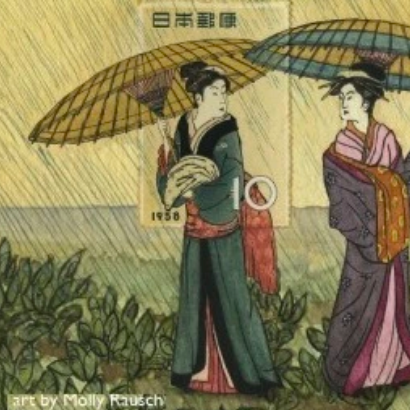
10 Aphrodisiacs from the Garden for Valentine's Day
We are always happy to celebrate love, and when Valentine’s Day comes around, we celebrate it the only way we know how – with seeds! Our artful heirloom seeds make hopeful and loving Valentine’s Day gifts. The timing for seed-giving is perfect and the seeds will grow flowers that will last longer than any cut bouquet.
Aphrodisiacs, named after Aphrodite (the Greek goddess of love and beauty), are enhancers of sensory experience, like sight, touch, smell, taste, or hearing. A garden, (a place for love and beauty) in our opinion, serves a very similar purpose! Here are 10 veggies, flowers, and herbs that have earned a reputation as aphrodisiacs in multiple cultures over multiple centuries.
Basil is said to increase heart rate, fertility, and blood flow, but its real sexy powers lie within its aroma. Women in ancient India dusted their breasts with basil leaves to attract lovers and Italians call it “bacia-nicola,” or “kiss me Nicholas,” because it was thought to be a husband magnet. The first recorded mention of basil comes from Greek philosopher Chrysippus, who declared “Ocimum exists only to drive men insane.” We prefer John Parkinson’s (17th century botanist) description, who said the purpose of basil is "to procure a cheerful and merry heart".
Celery does not just brighten stocks, but physical appearance too. Androsterone, a male hormone contained in celery, acts as a pheromone for attracting mates. Just a few bites is all it takes for the hormone to start flowing through our sweat glands.
Onions are stinky and make us cry, but we love them anyway. The sexy charm of onions was first mentioned in ancient Arabic and Hindu texts on sex and are, to this day, banned from many monastic diets for being too stimulating. A French tradition recommends newlyweds eat onion soup the day their wedding, to restore sexual energy.
Tomatoes, known as “love apples” in the 9th Century, were banned by the Catholic Church for possessing questionable morality. We could never ban them from our gardens: the juicy, sweet, red flesh is too tempting. Tomatoes are high in lycopene, which is great for, among other things, prostate health. It’s best absorbed by the body after they are exposed to heat, so get saucy.
Arugula was the spirit-green of Priapus, one of the Roman gods of fertility. This peppery green is a powerhouse of vitamins, and has carried its reputation as a powerful stimulant all the way from the first century AD. When in Rome…
Coriander is the seed form of cilantro, a heady spice with warming properties. Its aphrodisiac nature was made famous in Arabian Nights, where it was used to cure a merchant of impotence.
Fennel was called marathon in Ancient Greece for its association with strength, courage, and longevity. As an aphrodisiac, fennel is most suitable to women: it has high levels of phytoestrogens, a plant chemical that is very similar to estrogen. In the 1930s, fennel was used as a source of synthetic estrogen for hormonal balance.
Yarrow is associated with Aphrodite herself, and has the most magical aphrodisiac powers on this list. Yarrow is said to help in the search for a mate, and once found, helps connect the hearts of partners.
Carrots stewed sugar, a popular dessert in 1870s Teheran, was considered a general aid for seduction and was especially valued by royalty. The scientific explanation behind this sweet treat might be their high levels of beta-carotene, a vitamin important for hormone production.







